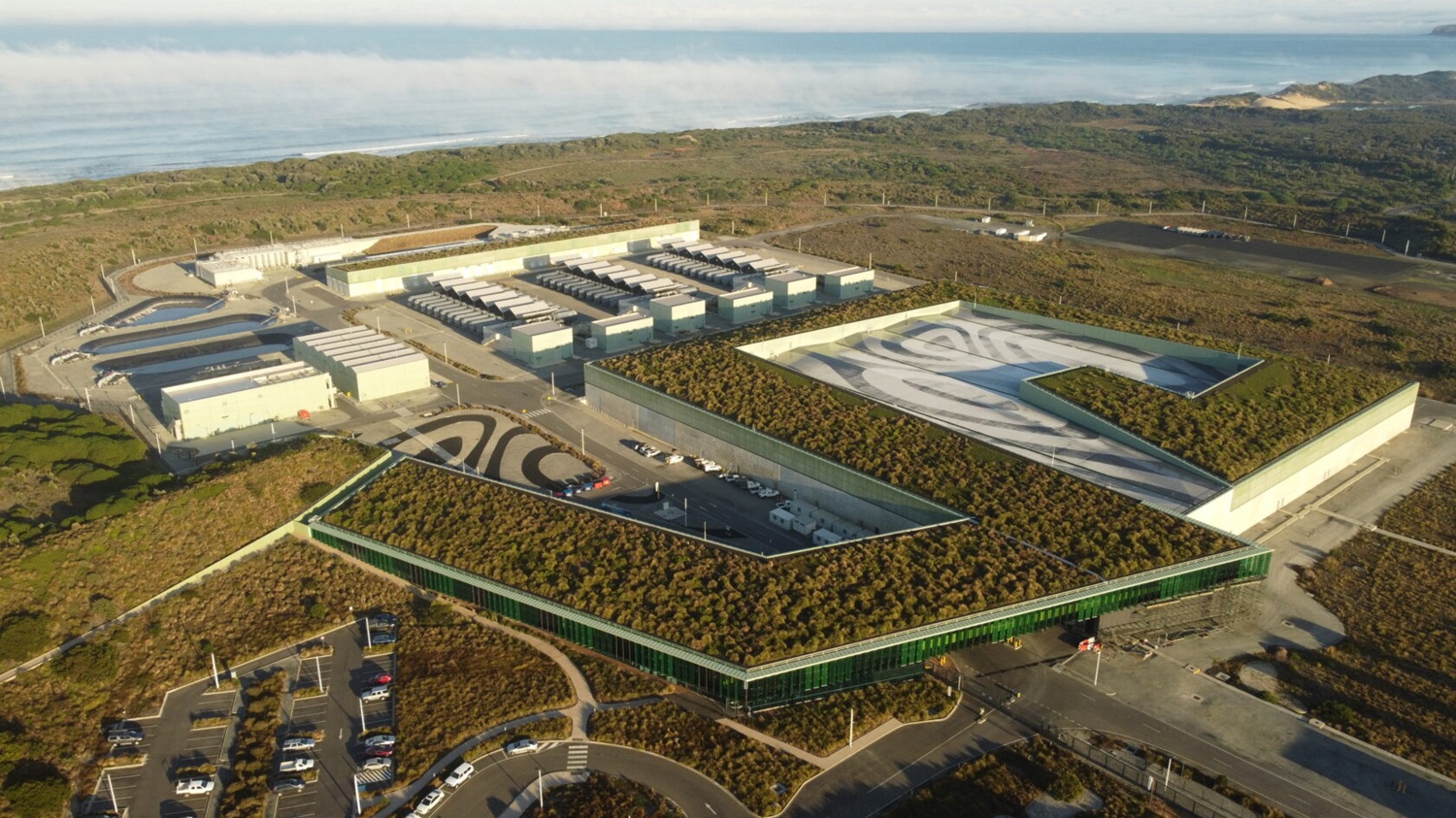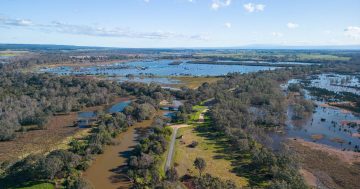
The Victorian Desalination Plant is located near Wonthaggi, east of Phillip Island. Photo: ARM Architecture.
Declining water storages and massive population growth in the Melbourne and Geelong region has prompted the Victorian Government to increase production of drinking water from the Victorian Desalination Plant.
State Minister for Water Gayle Tierney has placed an order for 50 gigalitres of water from the plant after receiving independent advice from Victorian water corporations which considered current and forecast water storages levels, future demands, and forecast climate conditions.
The State Government says Melbourne’s population grew by 140,000 in 2024, while water storage levels declined from 230 billion litres – 91.5 per cent in the first quarter of 2024, to 78.1 per cent this year. In nearby Geelong, water storage levels are even more critical, dropping to just 42.2 per cent.
Ms Tierney said the decision to order desalinated water was made each year based on yearly weather changes and expert advice from water authorities, and that recent hot and dry conditions which saw Victoria record its driest summer in more than a decade were expected to continue through autumn.
She said, while regular desalinated water orders were a normal part of Melbourne’s drinking water supply, the additional order would help to augment current storage levels in Melbourne, Gippsland and Geelong, and provide a buffer in the event of severe drought.
“We’re making sure that families in Geelong and Melbourne have access to an affordable, safe and secure drinking water supply and the desalination plant is critical to delivering this,” Ms Tierney said.
“We know that in a severe drought, storage levels can drop by 20 per cent in as little as a year, which is why we’re acting now to avoid water restrictions and put us in a strong position for the long term.”
The Victorian Desalination Plant is located on the coast near Wonthaggi, about 10 km southeast of Philip Island. Since being commissioned in 2013, the $4 billion plant has produced more than 455 billion litres or 455 gigalitres of fresh drinking water for Greater Melbourne and regional areas.
At peak production, the plant is capable of producing more than half of Greater Melbourne’s daily drinking water requirements and has been designed to be quickly expandable by an additional third if required.



